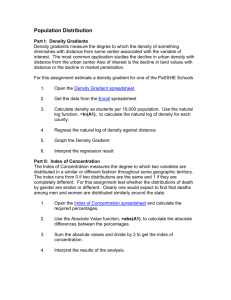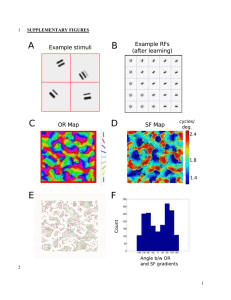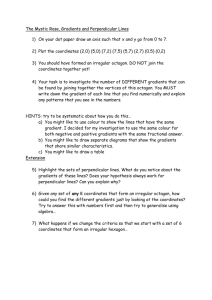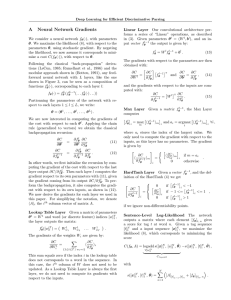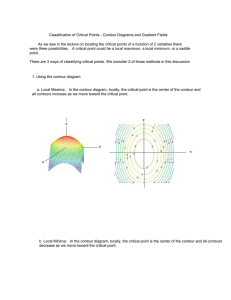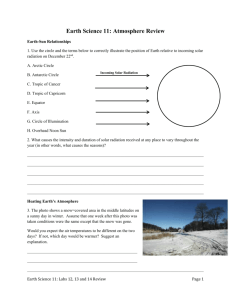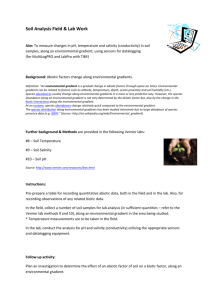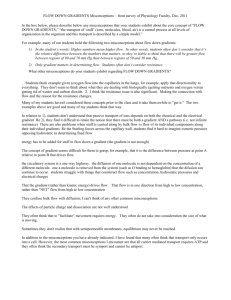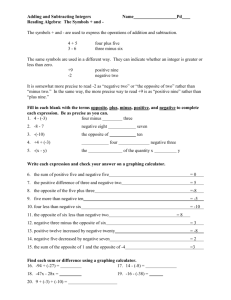Interpreting Gradients on Contour Plots - e
advertisement
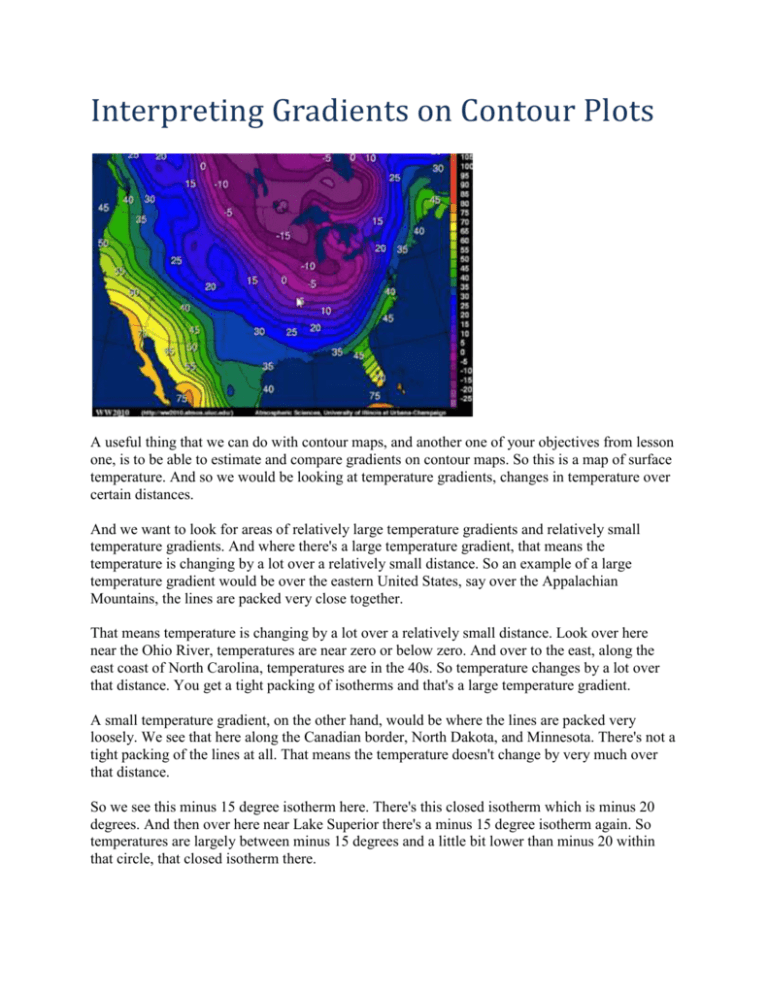
Interpreting Gradients on Contour Plots A useful thing that we can do with contour maps, and another one of your objectives from lesson one, is to be able to estimate and compare gradients on contour maps. So this is a map of surface temperature. And so we would be looking at temperature gradients, changes in temperature over certain distances. And we want to look for areas of relatively large temperature gradients and relatively small temperature gradients. And where there's a large temperature gradient, that means the temperature is changing by a lot over a relatively small distance. So an example of a large temperature gradient would be over the eastern United States, say over the Appalachian Mountains, the lines are packed very close together. That means temperature is changing by a lot over a relatively small distance. Look over here near the Ohio River, temperatures are near zero or below zero. And over to the east, along the east coast of North Carolina, temperatures are in the 40s. So temperature changes by a lot over that distance. You get a tight packing of isotherms and that's a large temperature gradient. A small temperature gradient, on the other hand, would be where the lines are packed very loosely. We see that here along the Canadian border, North Dakota, and Minnesota. There's not a tight packing of the lines at all. That means the temperature doesn't change by very much over that distance. So we see this minus 15 degree isotherm here. There's this closed isotherm which is minus 20 degrees. And then over here near Lake Superior there's a minus 15 degree isotherm again. So temperatures are largely between minus 15 degrees and a little bit lower than minus 20 within that circle, that closed isotherm there. Temperature doesn't change by very much over that large area. That's a small temperature gradient.
